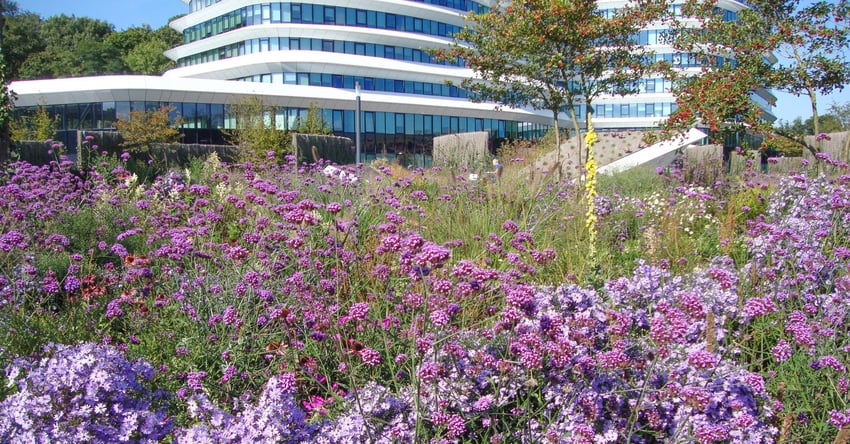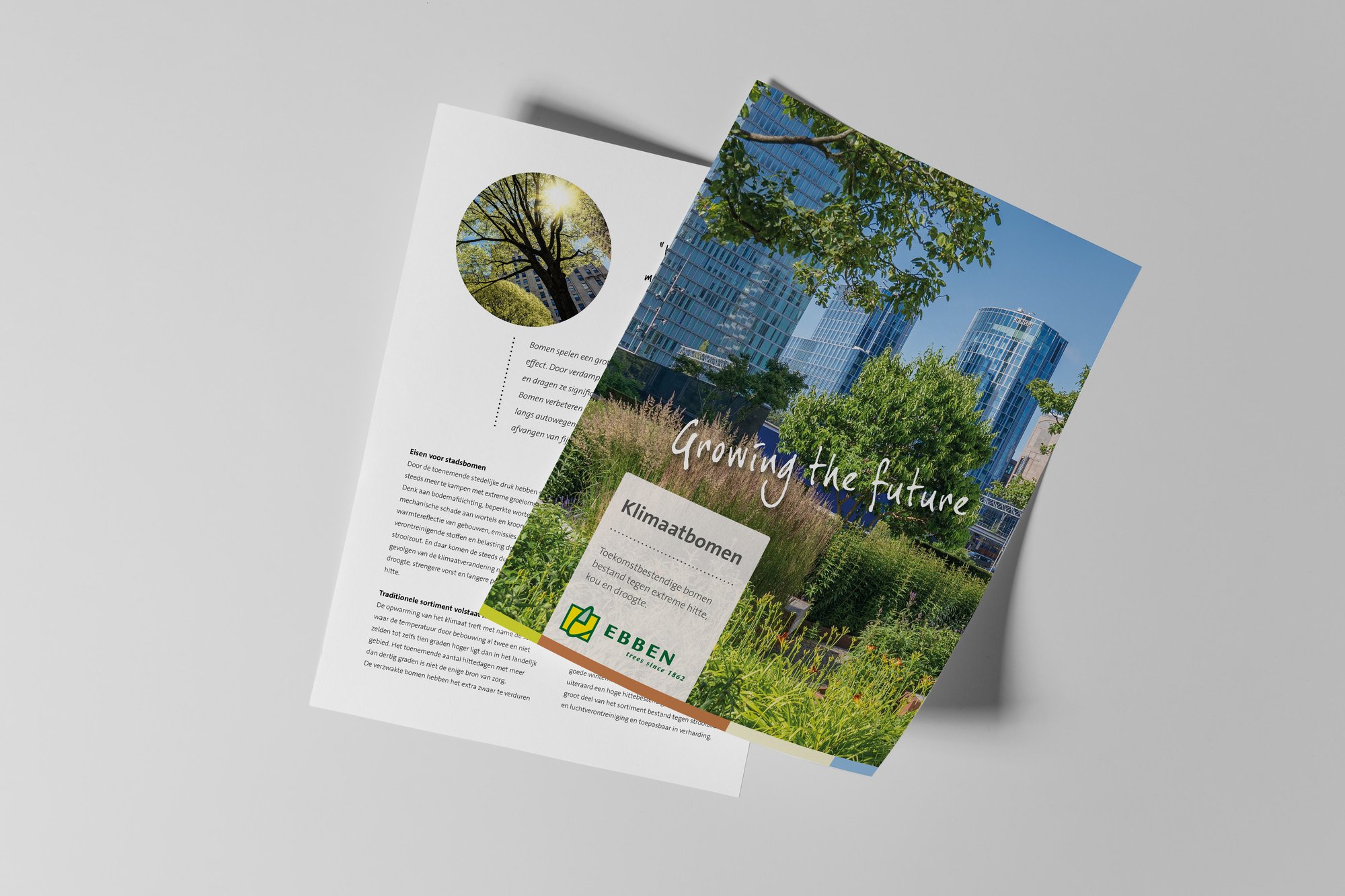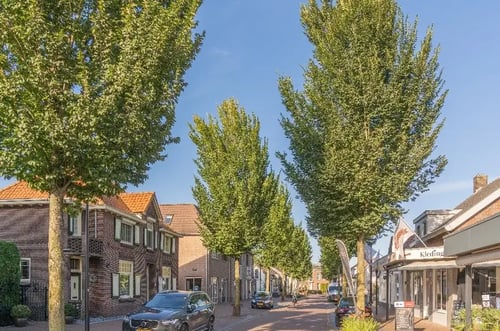Boost biodiversity with trees

Biodiversity is the variety of life on earth, which includes all kinds of animals, plants and micro-organisms but also diversity in ecosystems and interaction between these systems. In practice, it often also means species diversity. The importance of trees in this cannot be overstated. Trees are one of the most essential elements of the ecosystem and are necessary for the survival of many species of animals and plants. They help regulate the climate, purify the air and enrich the soil. Without trees the ecosystem would be severely affected, leading to the potential extinction of many species (including humans). In this article, we highlight the importance of using trees in the city.
High time for restoration of biodiversity
Human activities, urbanisation, deforestation, intensive land use and polluting industry and traffic lead to habitat loss and this constitutes the most notable threat to biodiversity on our planet. This has resulted in the reduction or extinction of many species of animals and plants. Climate change further intensifies this. If we take the Netherlands as an example, there has been an over 40% decline in biodiversity since 1900 (source: CBS) and around the year 2000 there was just 15% of the natural situation remaining. This puts the Netherlands at the forefront in terms of biodiversity loss. In order to turn the tide, ambitious measures are needed in nature protection and restoration and the addition of greenery (habitat). This includes, for instance, the expansion of nature reserves, sound water management, reduction of emissions from industry and limitation of extensive land use.
Species diversity
If we look at the species diversity of areas on a smaller scale it is striking that in cities the species diversity is far greater than in the countryside. There are a number of reasons for this but the most important factor at stake is the presence of the many micro-climates in the city. In cities and certainly in gardens there is a lot of scope for micro-climates, nesting opportunities and longer blooming periods for providing insect species with habitat. In the countryside, on the other hand, approximately 60% of the small-scale features of the landscape, such as bodies of water, flowering verges, hedges and hedgerows, and single specimen trees have disappeared because of expansion and urbanisation. Logically too there was a decline in species diversity.
Promote biodiversity with trees
More greenery and fewer paved surfaces are an easy and quick way to enable more life/habitat. We can make the built environment attractive to more species by ensuring a layered structure of perennials, shrubs and trees. They provide food (nectar, pollen, nuts, fruits, foliage and buds), protection and shelter for many species of birds, mammals and insects. It is important here to link up habitats to enable species to migrate. Trees form an essential part of the living environment thanks to their volume, structure and mutual differences. Trees also support a great variety of other plant species, mosses and ferns.
Climate change, the increase in diseases and pests and the restricted flowering periods of native plants compels us to use non-native species too for the greatest possible diversity. Trees send out deep roots and, therefore, in times of drought have the ability to produce nectar for longer. Non-native trees as an addition to native trees extend the flowering season and accessibility of nectar and pollen to insects. Trees that bear berries, seeds and nuts can also provide more food for birds and mammals. Because of variation in family, species and cultivars, planting is less prone to potential diseases and pests. Non-native species of trees and plants are often also more resistant to the more extreme climate in the city.
A few favourite species
Acer campestre (Field Maple), Gleditsia triacanthos (Honey Locust), Prunus avium (Wild Cherry), Stypholobium japonicum var. pubescens (Pagoda Tree), Tilia cordata (Small-leaved Lime)
A healthy tree in a healthy soil
In order to deliver its ecosystem services, a tree must be healthy (dead wood also provides a habitat). A healthy soil is also very important. In the soil a lot of water is buffered, CO2 stored and processes take place to ensure that the plants stay healthy above ground. Healthy soil is produced by ensuring continuous underplanting and by providing extensive maintenance. Leaving fallen leaves in the autumn is a good starting point. This allows you to establish a healthy soil relationship. Not only is this beneficial for the plant but also for the many species in the soil.
It can be concluded that more greenery in the city and in particular the planting of trees provides many opportunities for boosting biodiversity. The benefits of planting trees go beyond preservation of biodiversity thanks to their multiple functions in the entire ecosystem. Planting trees is a straightforward and cost-effective way of supporting preservation of biodiversity and combating climate change or dealing with the effects of climate change.













